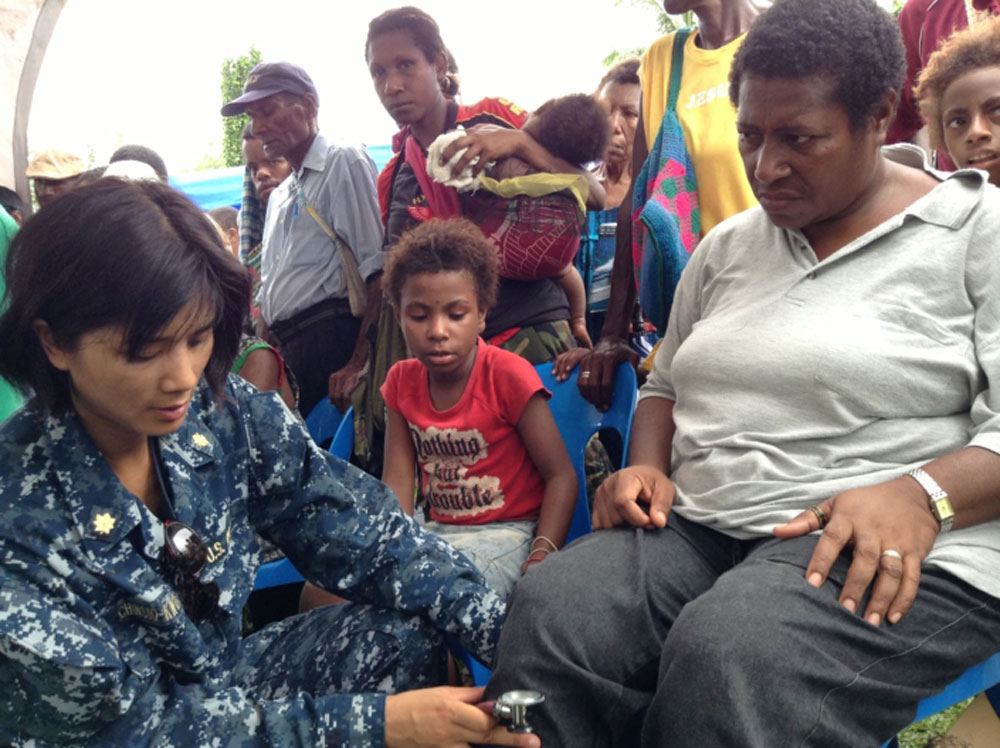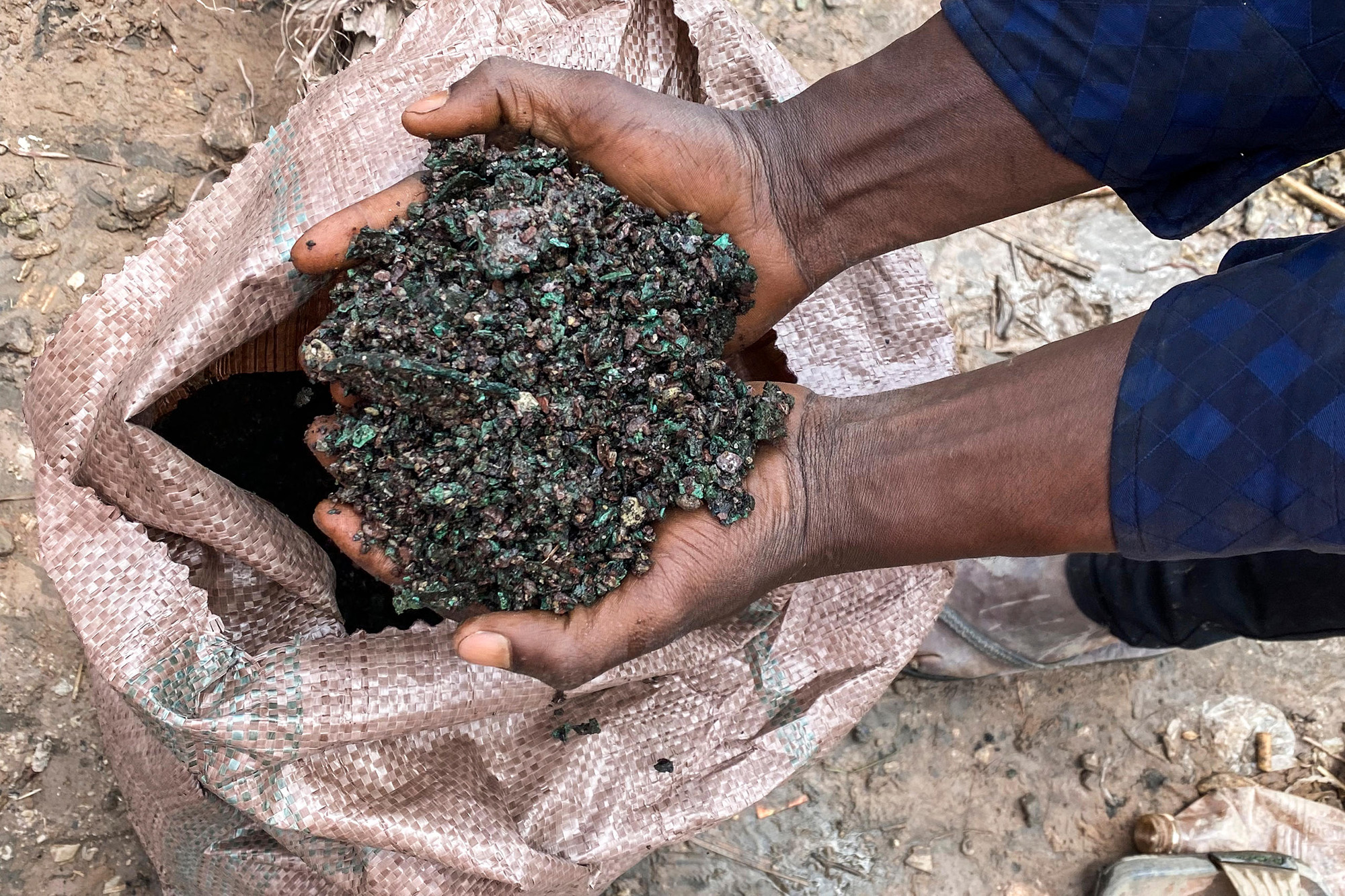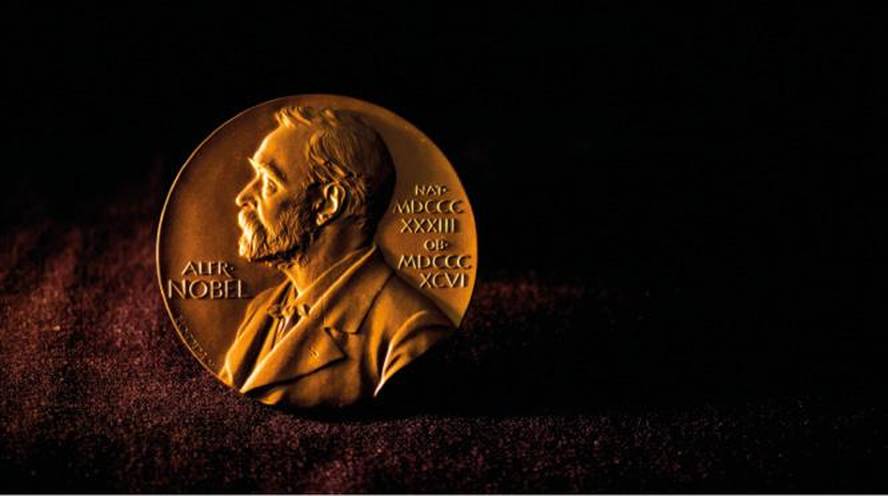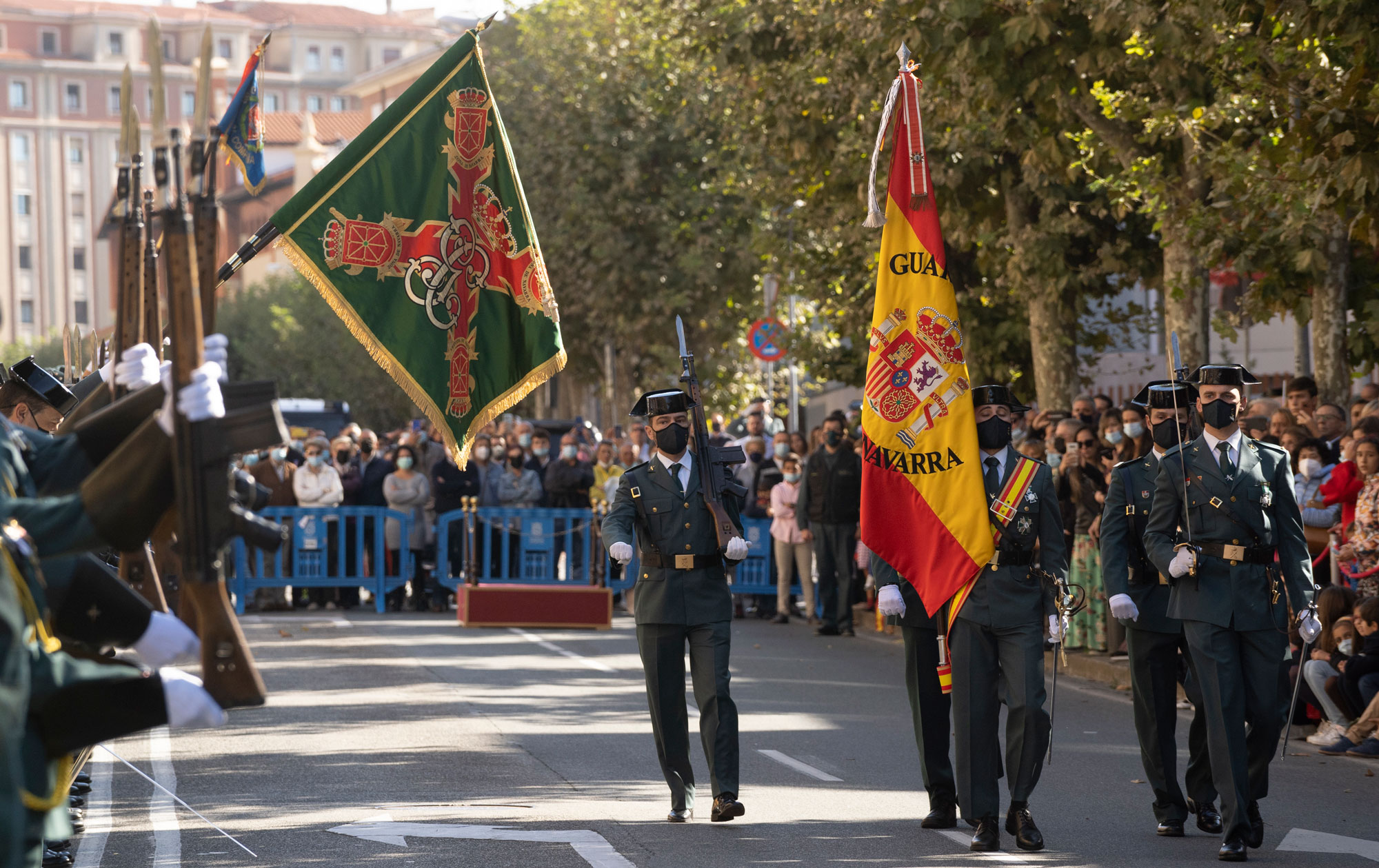From Benahoar to La Palma
- Gomera (Canary Islands), 1433. The Castilian conqueror born in Seville, Guillén Peraza, with three boats and 500 men, went to La Palma to conquer the island. The toponym in Spanish is first written a century earlier, in a text on the expedition of Recco is the Niccoloso of 1341. The origin of the name is not clear
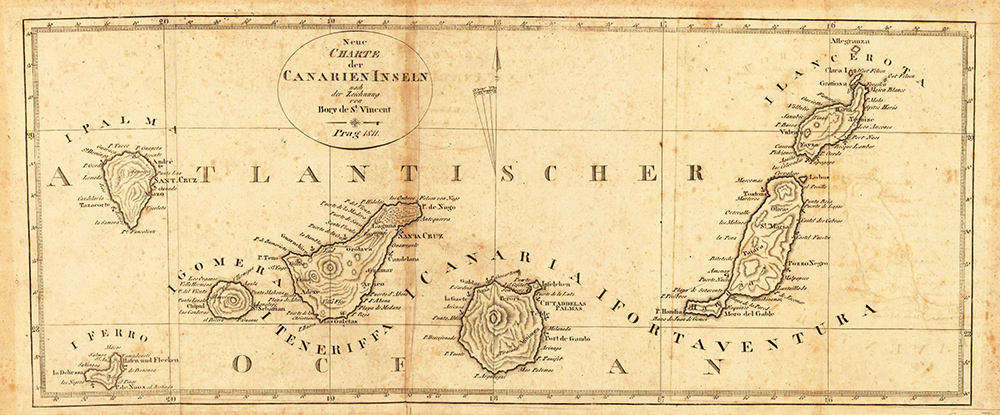
Some say he was placed by the Canary Islands palm trees on the island. But this plant species was not particularly abundant on the island. For this reason, others believe that the Mallorcan navigators named him in honor of the city of Palma, and that they added the article “La” to avoid confusion – and it seems that it was not enough, because in recent days it has become apparent that many still have problems distinguishing between the island of La Palma, the province of Las Palmas and that of Palma de Mallorca and that of Gran Canaria.
But the western island of the archipelago had another name, that of guanchera, used by the Aboriginal awara: Benahoare, who has returned as “my land” or “the place of my ancestors”. And in other decades, they would continue to use that name, because Peraza's attempt failed. The island lived around 4,000 awara, and although they had only elemental weapons – landes of wood and stones – they managed to expel the Castilian people. The same breastplate died with one of those stones in the head.
The western island of the archipelago had another name, that of guanchera, used by the Aboriginal awara: Benahoare, who has returned as “my land” or “the place of my ancestors”
In September 1492, the expedition effort led by Alonso Fernández de Lugo reached the goal. They seized Benahoare, with the agreements – 9 of the 12 cantons bought it – with the weapons – in the battle of Timibucar two other cantons – and with the tricks. Aceró was the last canton he held and Fernández de Lugo offered the head Tanausú to negotiate peace, arguing that this would avoid the suffering of his people. Tanausú was ready to sign the agreement and fell into a trap. They were arrested by the Castellanos and placed on a boat on their way to the Iberian Peninsula. He died on the boat, after giving up eating and drinking and constantly repeating the word “I will empty” (I want to die).
The awars or guanches, which are thus called to all the first inhabitants of the Canary Islands, despite the fact that the guanches are in fact Aboriginal of Tenerife, did not disappear. They were confused with the settlers who arrived mainly from Castile and Portugal. A few years ago a study by the University of La Laguna de Tenerife concluded that more than half of the current Canary Islands population has guanches genes. For paleontologist Francisco García-Talavera “this is important because the guanches did not disappear. On the contrary, they remained the majority after the conquest.”
But despite their genetic dominance, the Aborigines of La Palma lost everything else: institutions, beliefs, customs... and freedom. The new activities of the settlers needed labor and, according to García-Talavera, “the guanches were considered slaves and then replaced by African slaves.” They also lost language. In the eighteenth century, the dialects of the guanchera disappeared, although in the nineteenth century closed communities were maintained. At present, the guantxa has remained only in some loans from Canarian Spanish and in some toponyms.
Currently, 46 of the 340 most important toponnamos in La Palma (12%) are of guanche origin. And these days, coinciding with the awakening of the volcano, some of those loose words of guanchera have been raised and are on everyone's lips. For example, the previous eruption of La Palma, in 1971, took place in the volcano Teneguia, whose name derives from the word “timiguiga” and its meaning has to do with water vapor or smoke. Laba, by his way, has arrived, among others, to the neighborhood of Todoque, whose toponym derives from the word “tedote” and is used by the awars to designate the mountains covered by the scrubland. Todoque is a neighborhood in the municipality of Los Llanos de Aridane. Although it is not capital, it is the most populous city on the island and has a bilingual and repetitive name, as the words “llanos” in Spanish and “aridane” in guanchera mean “plains”.
I just saw a series from another sad detective. All the plots take place on a remote island in Scotland. You know how these fictions work: many dead, ordinary people but not so many, and the dark green landscape. This time it reminded me of a trip I made to the Scottish... [+]
In 2017, Indonesia and the Netherlands signed an agreement to return the heritage stolen by the European country because of colonialism for three centuries. The Indonesian responsible for the return process, Gusti Agung Wesaka Puja, explained that this agreement "was important in... [+]
The Centre Tricontinental has described the historical resistance of the Congolese in the dossier The Congolese Fight for Their Own Wealth (the Congolese people struggle for their wealth) (July 2024, No. 77). During the colonialism, the panic among the peasants by the Force... [+]
New York, 1960. At a UN meeting, Nigeria’s Foreign Minister and UN ambassador Jaja Wachucu slept. Nigeria had just achieved independence on 1 October. Therefore, Wachuku became the first UN representative in Nigeria and had just taken office.
In contradiction to the... [+]
Washington (EE.UU. ), 1807. The US Constitution banned transatlantic slave trade. This does not mean that slavery has been abolished, but that the main source of the slaves has been interrupted. Thus, slave women became the only way to “produce” new slaves.
So in 1845, in... [+]
It is no coincidence that Columbus Day, that of the Civil Guard and the Virgen del Pilar coincided on that date. The three represent oppressive structures (statue, army and church). On the other hand, there is indigenous resistance and population that the Spanish State... [+]














